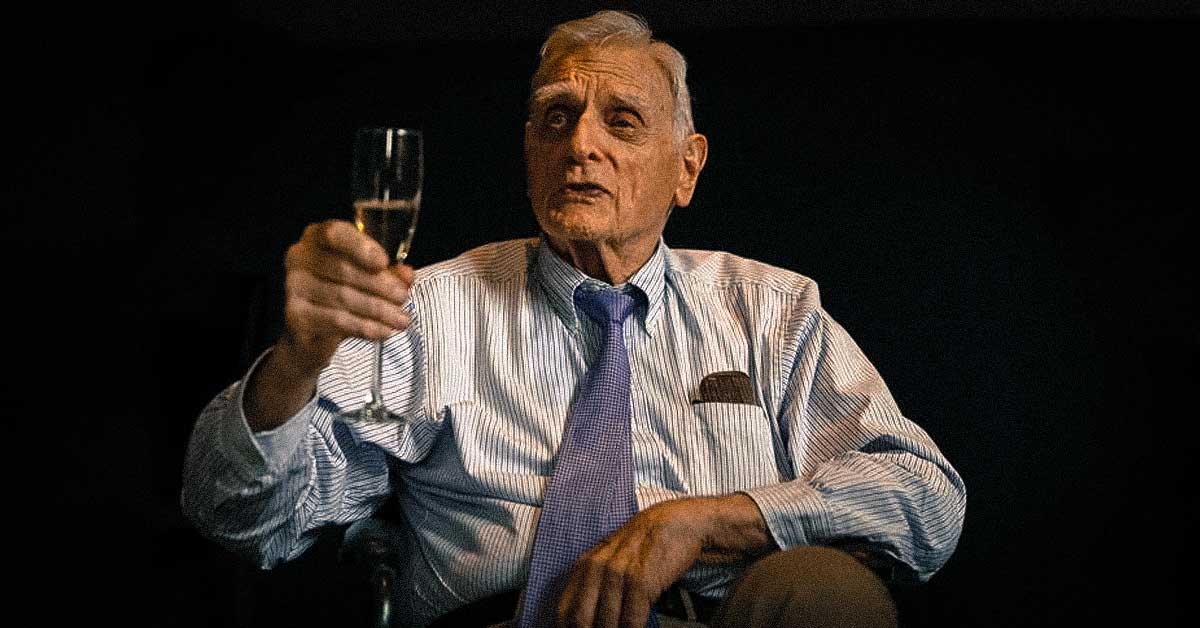Once upon a time, in the realm of scientific exploration, there lived a remarkable individual named John B. Goodenough. His journey was one filled with passion, perseverance, and groundbreaking discoveries that would shape the course of technological advancement.
From humble beginnings to receiving the highest recognition in the scientific community, John B. Goodenough's narrative embodies perseverance, creativity, and the aspiration for a brighter future. So, join me as we unravel the tale of a true pioneer in the realm of battery technology.
Revolutionizing Battery Technology

In scientific innovation, John B. Goodenough achieved a significant breakthrough in battery technology during his time at the University of Oxford in 1980.
His pioneering research created a battery that would revolutionize various industries and pave the way for modern advancements. This breakthrough came in the form of the lithium-ion battery, a remarkable invention that would forever change the landscape of portable power.
The impact of Goodenough's invention was far-reaching, particularly in the realm of wireless electronic devices and electric vehicles. The advent of lithium-ion batteries provided a reliable and rechargeable power source for smartphones, laptops, and medical devices.

These batteries enhanced the efficiency and performance of these devices and contributed to reducing greenhouse gas emissions, thus playing a crucial role in mitigating the adverse effects of climate change.
Nobel Prize and Recognition
In 2019, the scientific community celebrated John B. Goodenough's exceptional achievement as he was awarded the Nobel Prize in Chemistry. He shared this prestigious honor with two other esteemed scientists, M. Stanley Whittingham and Akira Yoshino.
Their collective contributions to battery development were recognized by the Royal Swedish Academy of Sciences, solidifying the significance of their groundbreaking research.
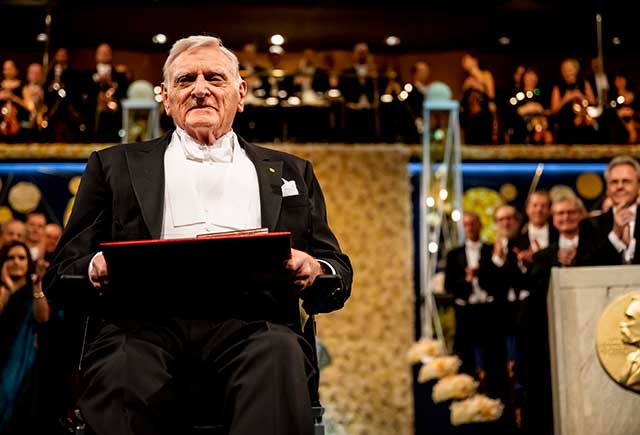

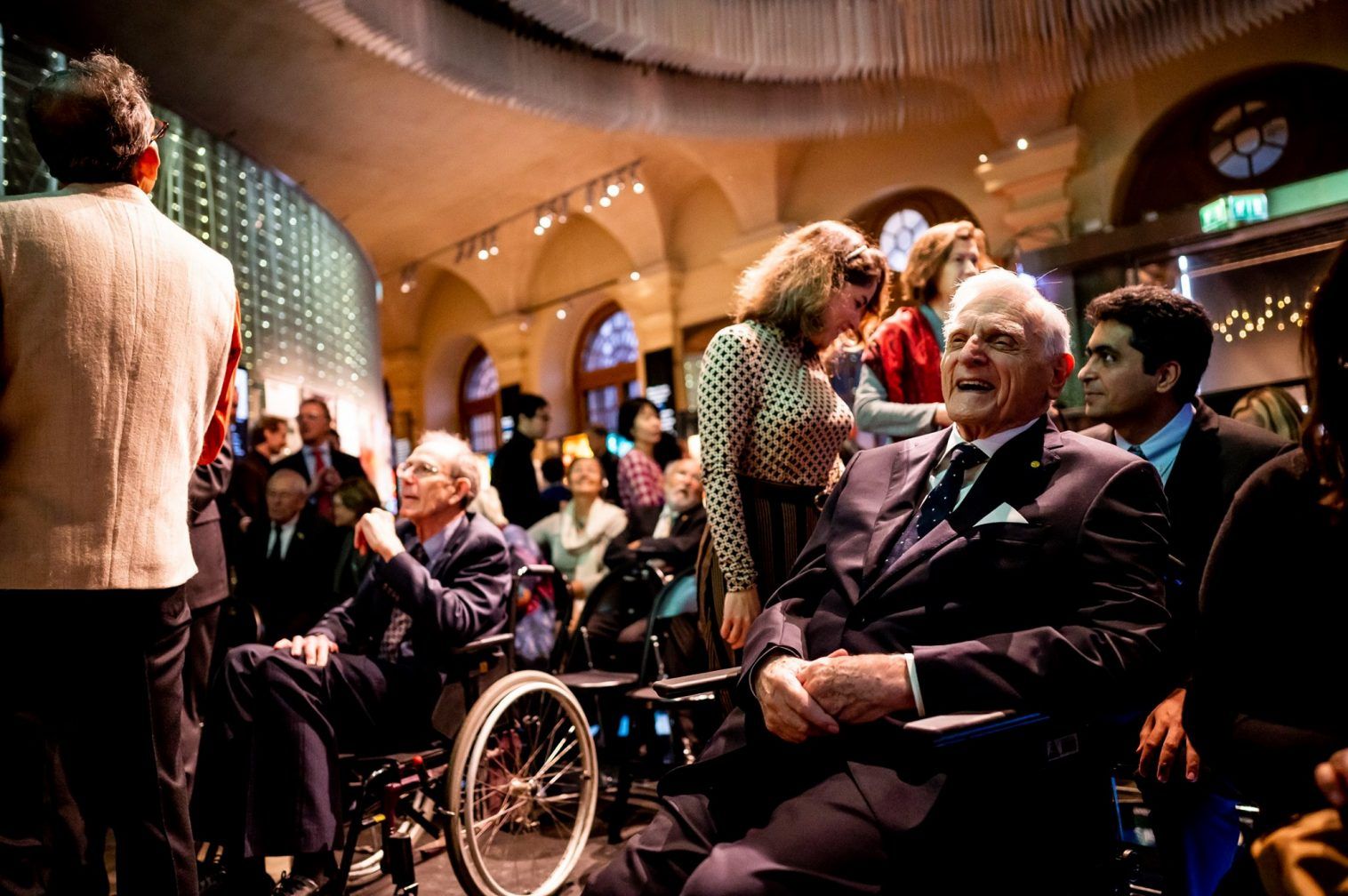


The Nobel Prize in Chemistry acknowledged the pivotal role played by Goodenough, Whittingham, and Yoshino in advancing battery technology. Their work revolutionized the field and paved the way for the widespread use of rechargeable batteries in our modern world.
An exceptional aspect of Goodenough's Nobel Prize achievement is his status as the oldest recipient of this esteemed award. At 97, he made history, showcasing that scientific brilliance and innovation are not bound by age.
Philanthropy and Research Focus

John B. Goodenough's commitment to advancing scientific research goes beyond his groundbreaking discoveries. Despite his significant contributions to battery technology, he did not receive royalties.
Instead, he selflessly directed his awards and recognition toward supporting further research and scholarships. This philanthropic gesture showcases his dedication to fostering scientific progress and empowering the next generation of innovators.
In recent years, Goodenough shifted his focus towards developing a superbattery capable of storing and transporting renewable energy. He recognized the importance of sustainable energy solutions and dedicated his expertise and research to tackling the challenges associated with renewable energy storage.

His work in this area holds immense potential to revolutionize how we harness and utilize renewable resources, paving the way for a cleaner and more sustainable future.
Driven by his passion for innovation, Goodenough explored alternative directions in energy storage. One of his notable endeavors involved the development of a "glass" battery with a solid-state electrolyte. This promising concept aims to overcome the limitations of traditional batteries by providing enhanced stability, safety, and performance.
Overcoming Challenges and Distinguished Career
John B. Goodenough's journey to scientific excellence was marked by personal challenges he triumphed over. Despite facing dyslexia, a learning disorder that affects reading and writing abilities, Goodenough showcased exceptional proficiency in mathematics and languages.
His determination and resilience allowed him to excel academically and pursue a career in groundbreaking research.

Goodenough held positions at renowned institutions such as M.I.T., Oxford, and the University of Texas throughout his distinguished career. His contributions extended beyond the realm of battery technology.
Goodenough significantly advanced in other areas, including random access memory (RAM) and air defense systems. His innovative work played a vital role in shaping the landscape of modern technology and solidified his position as a pioneering scientist.
The Battery Breakthrough
To comprehend the importance of John B. Goodenough's achievement, a basic understanding of how a lithium-ion battery works is crucial. Such batteries consist of key components: an anode (negative electrode), a cathode (positive electrode), and an electrolyte solution. The magic lies in the movement of electrically charged ions between these electrodes.

Goodenough's innovation centered around the cathode. By developing a cathode with alternating layers of lithium and cobalt oxide, he achieved a higher voltage output and improved the safety of the battery.
This advancement was a game-changer, opening up possibilities for greater energy storage capacity and enhanced performance.
Another critical contributor to the evolution of lithium-ion batteries was Dr. Akira Yoshino. He significantly eliminated pure lithium from the battery's anode and replaced it with a safer and commercially viable alternative. This crucial modification made the lithium-ion battery much more stable and reduced the risk of safety hazards.
The collaborative efforts between Goodenough and the electronics giant Sony further propelled the development of lithium-ion batteries. Together, they produced the world's first rechargeable lithium-ion battery commercially.
Impact, Legacy, and Recognition
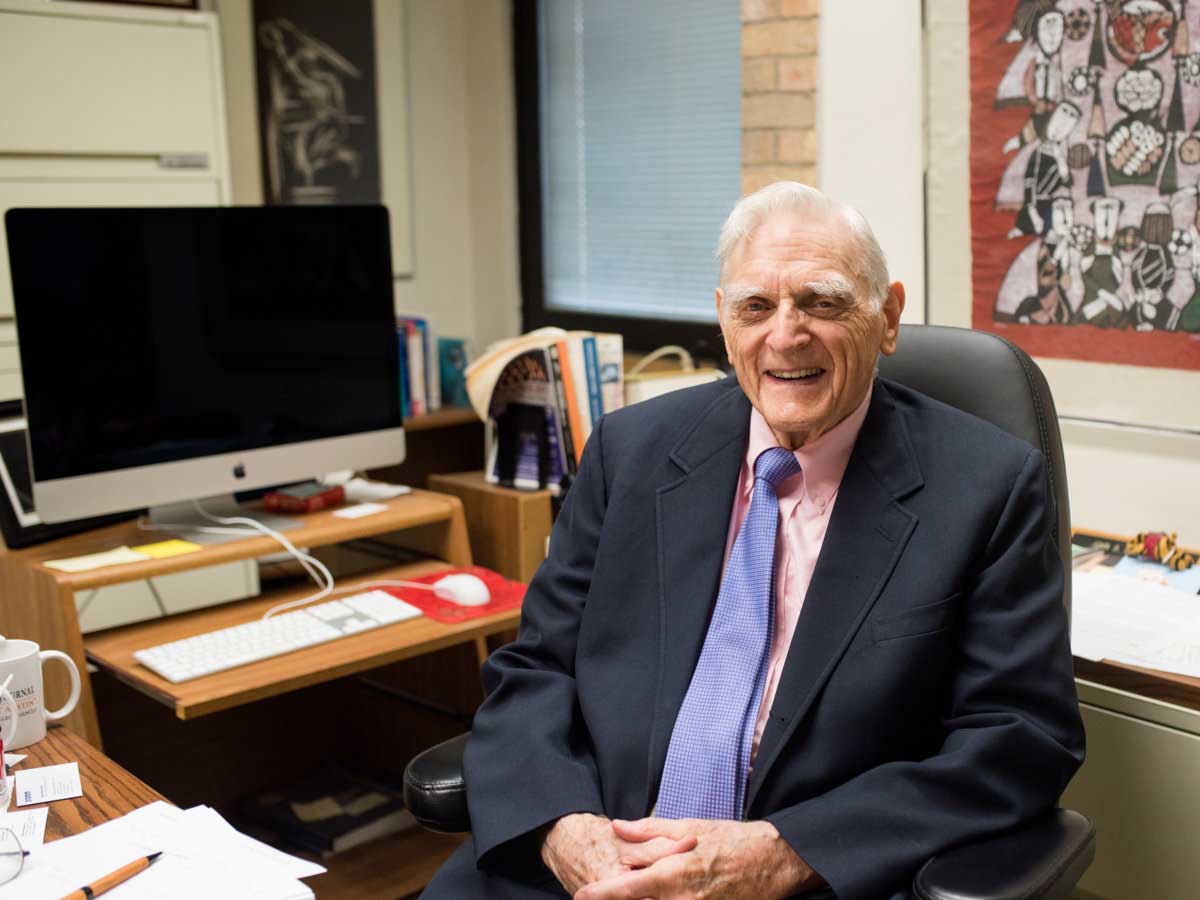
Dr. John B. Goodenough was educated in Germany and America before leaving an indelible mark on science. Goodenough's notable advancements in battery technology earned him numerous honors and awards, including the National Medal of Science.
Additionally, Goodenough's generous giving to universities like Texas further underscores his devotion to scientific advancement.
Goodenough's scientific legacy will live on through generations of innovators and researchers, and his ground-breaking work in developing lithium-ion batteries has revolutionized how we access portable electronics.
Lithium-ion batteries play an integral part in our pursuit of an eco-friendly future by powering electric cars and storing renewable energy sources like solar and wind power.
And this contributes to reducing our reliance on fossil fuels. Goodenough has played an essential part in making devices accessible and functional worldwide.
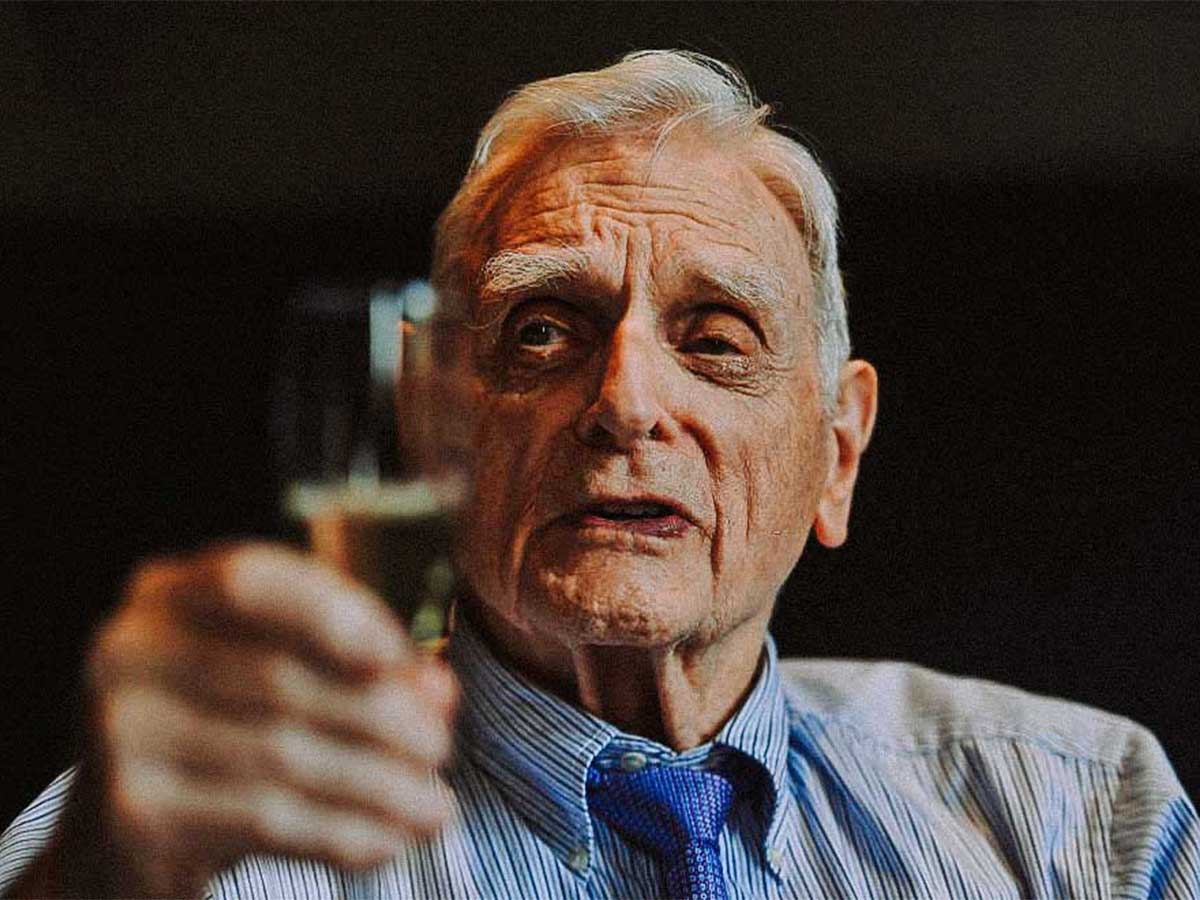
As we take advantage of Dr. Goodenough's advancements, let us remember the value of scientific curiosity, collaboration, and the pursuit of solutions to global challenges through breakthroughs made possible through his efforts.
Each breakthrough brings us closer to creating a brighter, sustainable future. Dr. John B. Goodenough will forever remind us about human ingenuity's potential to shape the planet we inhabit. His legacy lives on.
Goodenough's legacy offers us hope and encourages us to dream big, challenge convention, and strive for excellence in our endeavors.
Sources: utexas.edu / nytimes.com
